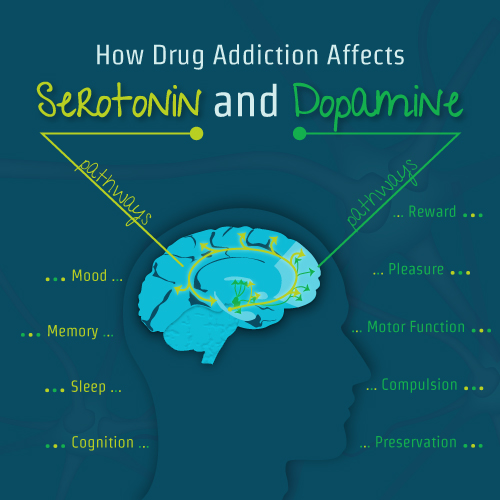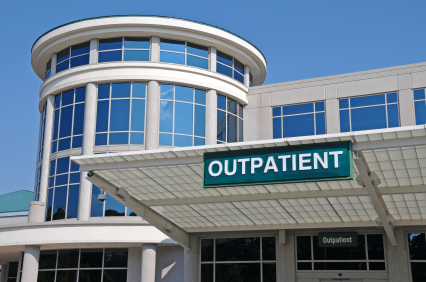Trump’s Brother Died of Addiction
Trump’s Brother Died of Addiction
 Addiction is something of a big deal. It always starts with a try, a ‘shot’, a sip, or just a little bit and then just like fire, it grows bigger and becomes something uncontrollable by the ones affected. Donald Trump’s brother was one of such individuals. His name is Fred, popularly called Freddy. Donald J. Trump, currently running for President of the United States of America said the death of his brother had taught him that bad choices could drag down people who are destined to rise and that such event had taught him to stay away from alcohol and cigarettes. Trump’s brother died of addiction and so are many that don’t get to make the news daily.
Addiction is something of a big deal. It always starts with a try, a ‘shot’, a sip, or just a little bit and then just like fire, it grows bigger and becomes something uncontrollable by the ones affected. Donald Trump’s brother was one of such individuals. His name is Fred, popularly called Freddy. Donald J. Trump, currently running for President of the United States of America said the death of his brother had taught him that bad choices could drag down people who are destined to rise and that such event had taught him to stay away from alcohol and cigarettes. Trump’s brother died of addiction and so are many that don’t get to make the news daily.
Addiction is something of a big deal and should not be swept under the carpet. It should be tackled heads on as soon as possible because it tends to get harder to deal with after successive failures of trying to quit. People who have been addicted to substance misuse will agree that several times they have tried to quit but every time they seem to fail and it gets harder to summon up courage to attempt quitting all over again.
We have heard many stories, Trump’s brother is just one of them, of how addiction has destroyed promising lives in our society. There have been reports of the extent an addict will go to and the crazy things they wouldn’t mind doing just to lay their hands on drugs, crack and alcohol, all these serving as tales to caution those who are treading the same path.
Questions don’t cease coming about what causes addiction and how it works. Can deny addiction mean one is addicted? Is addiction caused by exposure to certain drugs or substances alone? The questions are endless when it comes to drug and alcohol use prevention measures. In order to get an individual to stop the substance abuse, there are certain pitfalls which are often overstated and this can also generate feelings of distrust.
How Addiction Works
People get addicted or hooked to a substance or certain activity for the same reason they tried the substance or activity in the first place – there is a good feeling attached to it. While so many people have tried drugs, drinks and foods and were never addicted to it, it is worthy of note that all humans are prone to addiction in some way. Different things just tend to affect different people differently. Given the right amount and exposure, everyone could be an addict. Before addiction can happen, a substance user must have crossed a threshold and strayed into dependence on the substance.
Research has thrown light on what actually takes place in the brain after an individual transits and crosses this threshold. It is more like a ‘brain disease’. According to Dr. Scott Glassman, “addiction is simply the pursuit of pleasure and the avoidance of displeasure”. An individual gets exposed to a substance and likes the feeling it brings. Maybe this substance reduces pains or make the individual feel numb or forget every worry. After a certain period of continuous exposure, the brain tolerates and gets used to this substance. The resultant effect is that more of such a substance will be needed to bring that initial ‘good feeling’ the individual had. Progressive increase in doses increases the level of addiction till there is a craving that is constantly beyond control. Then the threshold is crossed and the individual can do nothing meaningful without exposure to this substance or activity.
Don’t Criticize Addicted People, They Need Help
Donald Trump’s brother died of addiction because he didn’t get the right help. Freddie could have made it if he wasn’t just criticized and talked down upon to “do something good with his life!” Definitely, every addicted person wants to be free. No one loves chains! It may look like they don’t want to because they keep going back to the things that held them addicted but the truth is, the substance is like “life” or breath to an addicted person; they need it to stay alive. That’s how the brain now sees the substance. Their judgment of what is right or wrong has been compromised. That is why they need help. They need help of family and friends. They do not need criticisms and long sermons on how they are living a life that is destined for destruction. What they need is love and someone who can stand by them till they are completely rehabilitated.
How to Get Help
There are several kinds of help for different levels and kinds of addiction. Addiction treatments range from detoxification to medication to combat withdrawal symptoms, to group therapy for varying lengths of time. There is no on-size-fits-all treatment for addiction. Consultations has to be made with experts in this area and the proper kind of help administered.


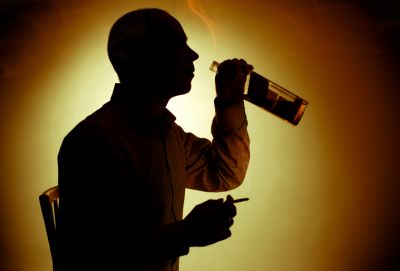
 Selecting the appropriate addiction treatment option is very crucial. The individual suffering from substance use may only have one shot at recovery as there are no guarantees that they will ever gather-up the motivation to try quitting substance use again. Unfortunately however, there have been many reported cases where people have attempted quitting but have ended up with a treatment that wasn’t the best for them. In order to ensure that better choices are made when choosing
Selecting the appropriate addiction treatment option is very crucial. The individual suffering from substance use may only have one shot at recovery as there are no guarantees that they will ever gather-up the motivation to try quitting substance use again. Unfortunately however, there have been many reported cases where people have attempted quitting but have ended up with a treatment that wasn’t the best for them. In order to ensure that better choices are made when choosing 
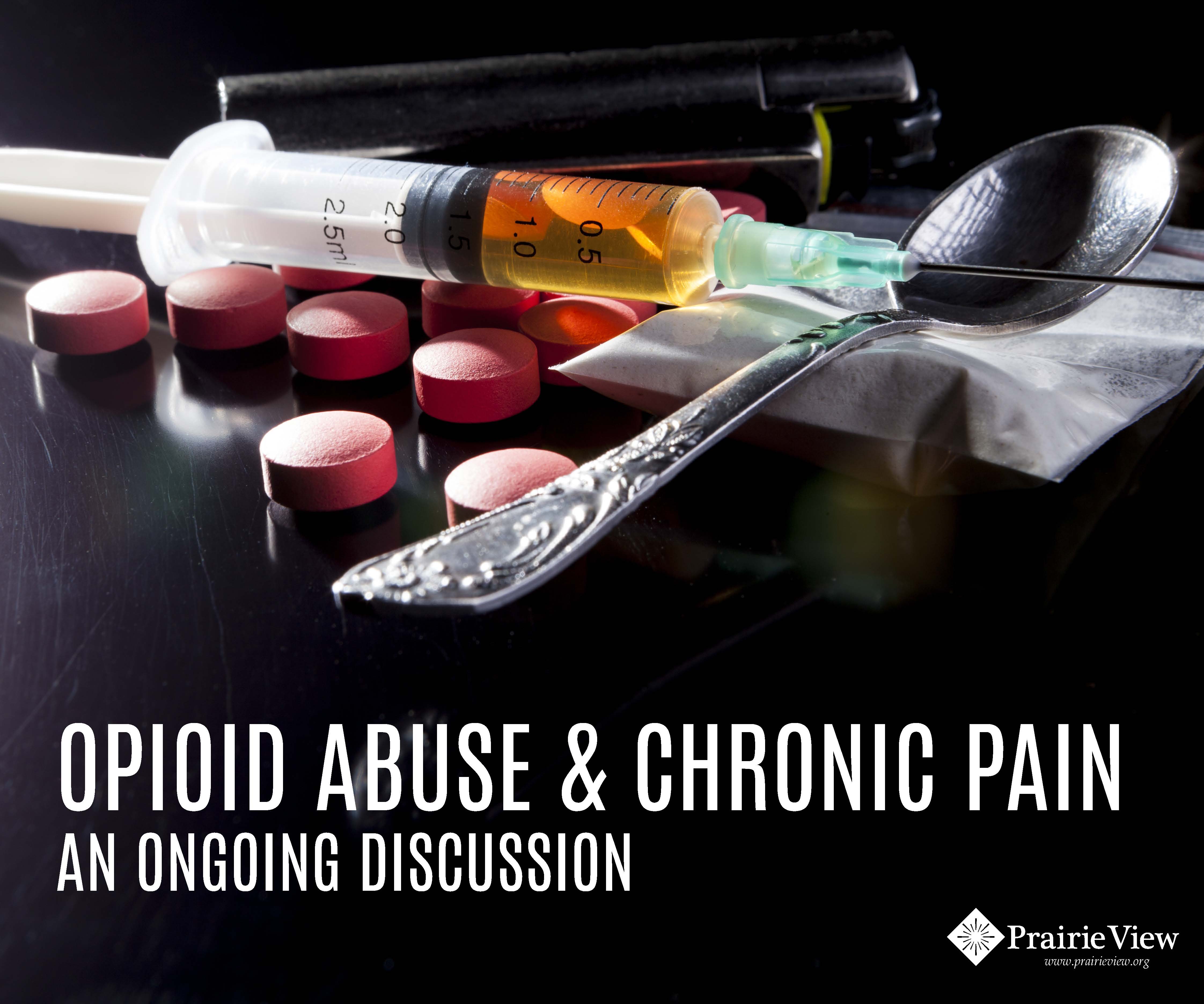
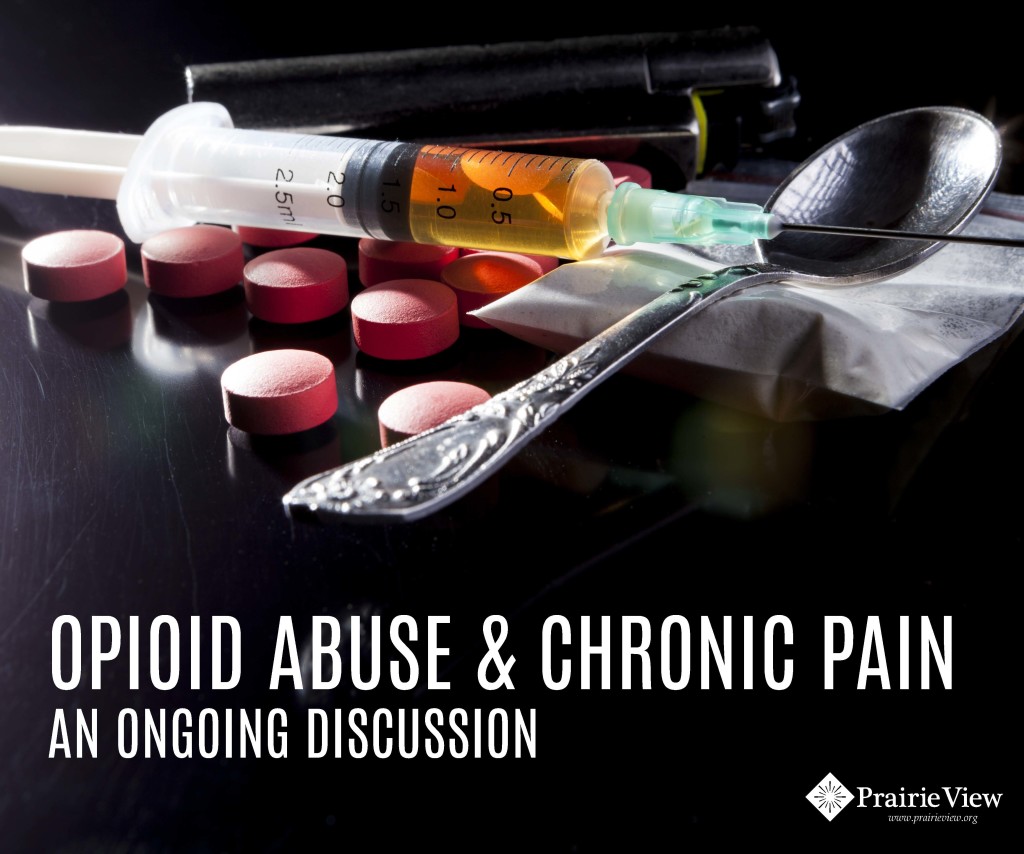 More often than not, pain and abuse of substance exist together and their co-existence makes treatment of one without the other difficult. In most cases, if the pain is to be addressed, then the substance abuse has to be dealt with first.
More often than not, pain and abuse of substance exist together and their co-existence makes treatment of one without the other difficult. In most cases, if the pain is to be addressed, then the substance abuse has to be dealt with first.